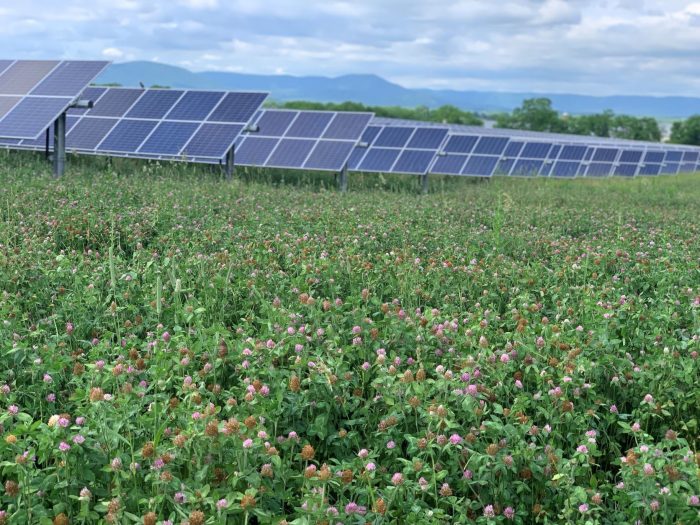
A 25 MW solar project that is helping advance energy and sustainability priorities for the Southeastern Pennsylvania Transportation Authority (SEPTA) has reached commercial operation. The project is one of two solar farms that SEPTA and Lightsource bp have partnered on, bringing their joint statewide operational solar assets to more than 42 MW — enough to meet about 20% of SEPTA’s electricity demand.
“One of the main goals of our strategic business plan, SEPTA Forward, is to enhance sustainability and expand our access to renewable energy sources,” said Leslie S. Richards, SEPTA CEO and general manager. “We have taken a major step forward with these solar farms, and we look forward to launching more innovative projects and partnerships.”
Elk Hill Solar 1, developed under a power purchase agreement between SEPTA and Lightsource bp, will reduce greenhouse gas emissions by more than 28,000 metric tons of CO2 annually. The solar farm also supports Pennsylvania’s clean energy goals, helping to lower carbon emissions while diversifying the state’s energy portfolio and increasing energy security with locally generated electricity. The solar farm was developed, and is owned and operated by Lightsource bp.
“In addition to lowering greenhouse gas emissions by generating electricity from Pennsylvania home-grown renewable energy sources, solar projects like these can help strengthen local rural economies across the Commonwealth,” Kevin Smith, CEO of the Americas, Lightsource bp. “Our multiuse land strategies further multiply the benefits of these projects.”
Lightsource bp and project investors fully funded the project, an estimated $25 million of investment into new energy infrastructure for Pennsylvania. In addition to providing cost-competitive, locally generated renewable energy that’s being delivered into the electric grid, Elk Hill Solar 1 created 100 jobs during the construction of the facility.
Additionally, a long-term biodiversity and land management action plan is underway for Elk Hill Solar 1 to maximize local sustainability benefits through habitat creation and co-located agriculture to farm the land while also harnessing solar energy. The land under and around the solar panels will be planted with groundcover that is both grazing and pollinator friendly, including native wildflowers and clover species. Lightsource bp is also working with a local farmer on a plan to graze sheep to manage the vegetation under and around the solar panel. Managed grazing also works to improve soil health and foster healthy ecosystems.
— Solar Builder magazine

Leave a Reply
You must be logged in to post a comment.